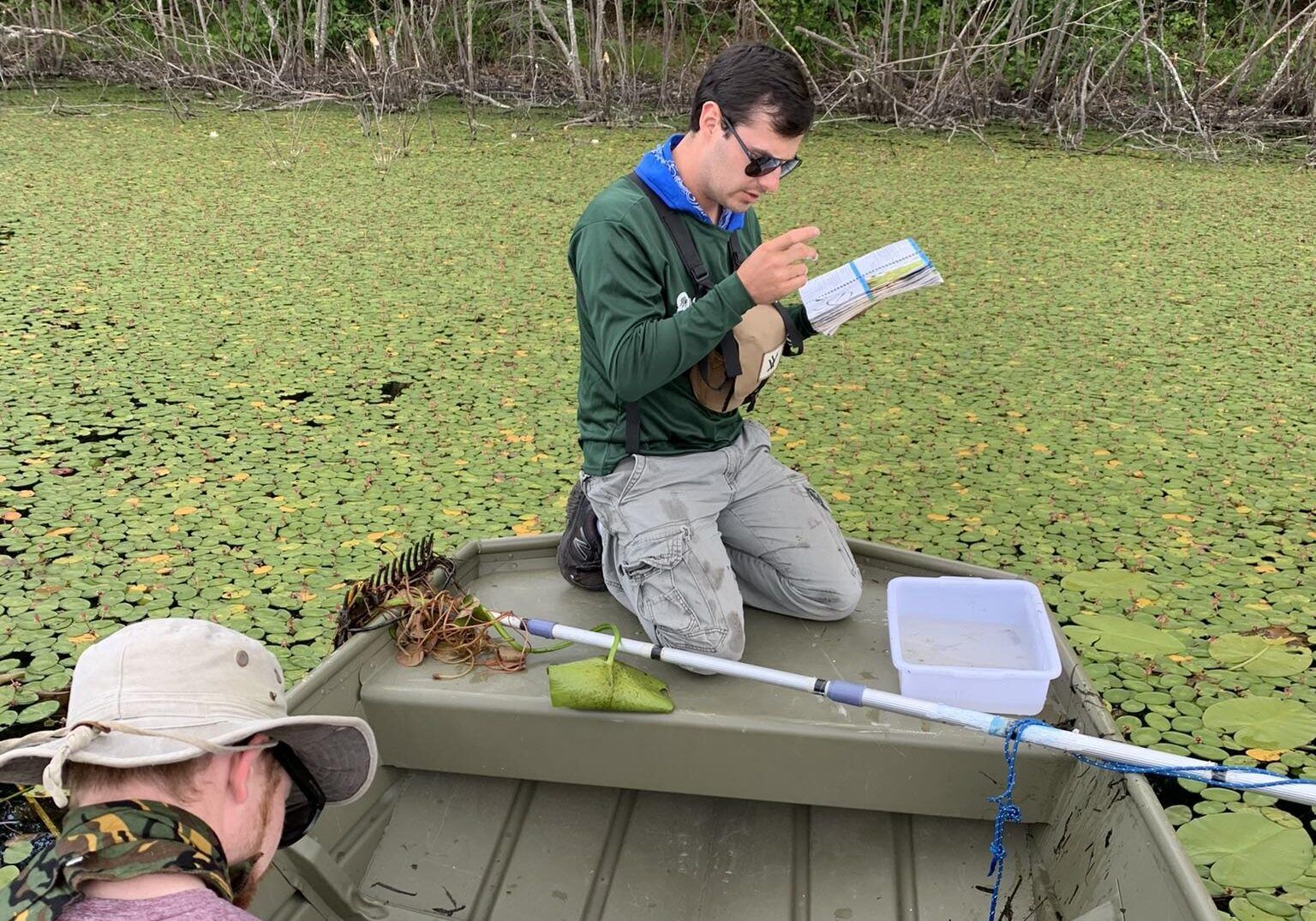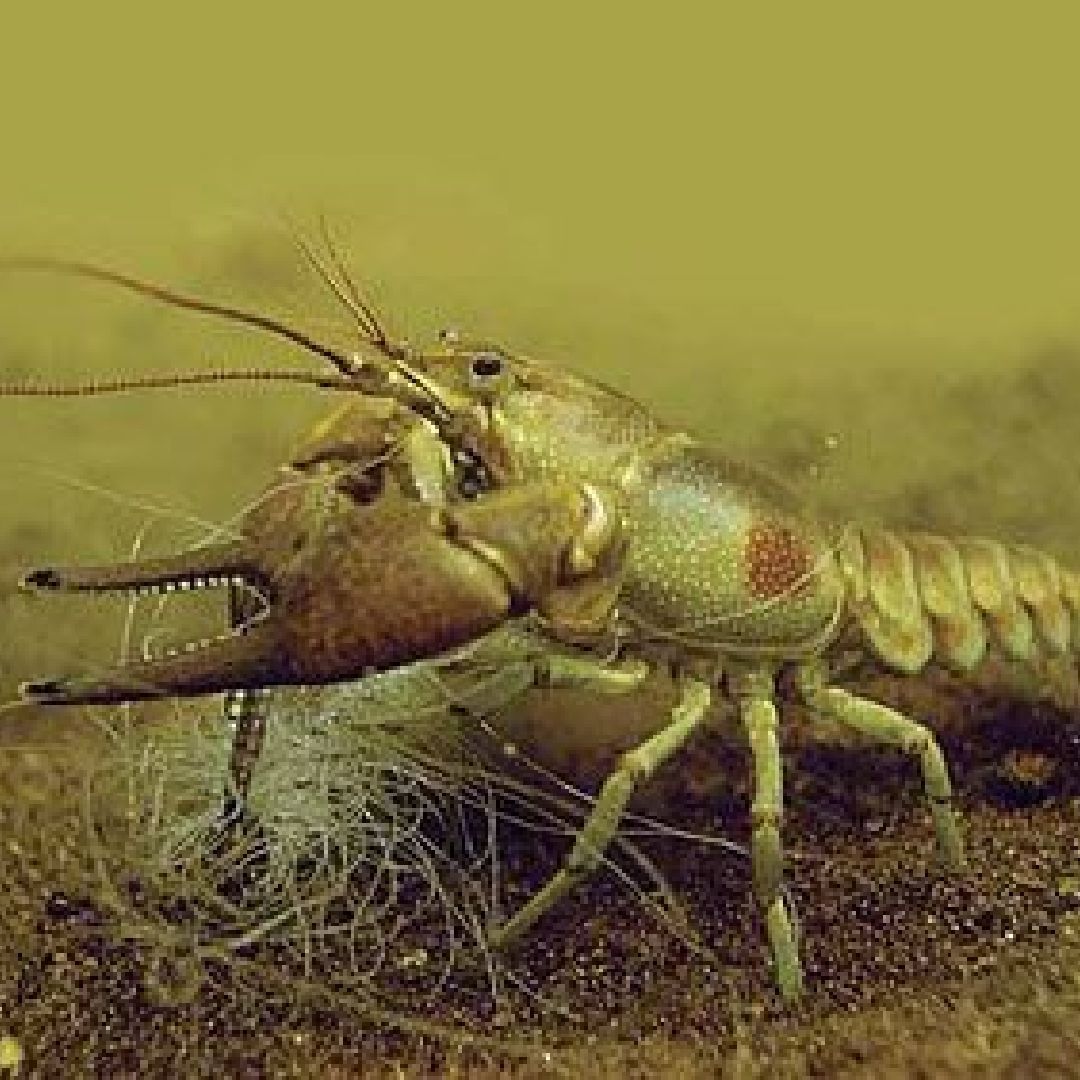Aquatic Invasive Species (AIS) pose significant threats to Northwoods lakes by spreading rapidly and disrupting ecosystems, reducing biodiversity, and impeding recreation. The Discovery Center works with local and state partners to stop the spread of AIS and encourages community involvement in protecting these lakes for future generations.
woods and water
Our team of conservation specialists and emerging professionals dedicated to protecting healthy lakes and preserving the Northwoods. Through hands-on work in conservation practices like invasive species prevention, shoreline restoration, and community outreach, we promote best stewardship practices and an ethic of care for our natural resources.
Conservation services for protecting healthy lakes and preserving the Northwoods






Aquatic Invasive Species You Should Know:
woods and water Contact form
Sign up to our newsletter
...The professional and knowledgeable staff of the Woods and Waters Program provides the Manitowish Waters Lakes Association with technical assistance and provides labor intensive hands on control of aquatic invasive species and the promotion of natural shorelines and native habitat. The outreach of the Woods and Water staff provides necessary education for our association and the community in general, and assists us in our educational outreach. Their collaboration with local, county, and state government, individuals, and businesses allows the Woods and Waters Program to reinforce the efforts of all of these players.
The Manitowish Waters Lakes Association looks forward to a long and continuing relationship with the Discovery Center Woods and Waters Program leadership, staff and technicians, a positive force in our community promoting a healthy natural environment today, and creating a legacy for the future.
Greg Holt,
President Manitowish Waters Lakes Association
...The Woods & Water team has been outstanding in training our volunteers in the identification of AIS species of concern, Training & Performing Clean Boat Clean Water (CBCW) Inspections as well as conducting extensive monitoring for AIS including Curly Leaf Pondweed, Eurasian Water Milfoil and Spiney Water Fleas on the Chain. They have also been instrumental in mapping and removal of Yellow Flag Iris and Purple Loosestrife in and around the Chain which included shoreline restoration projects.
I would encourage other Lake Associations to engage the Woods & Water Team to evaluate and address their AIS, Shoreline Restoration or Water Quality concerns.
Gary Engstrom,
TLCA Board Member & CBCW Coordinator











